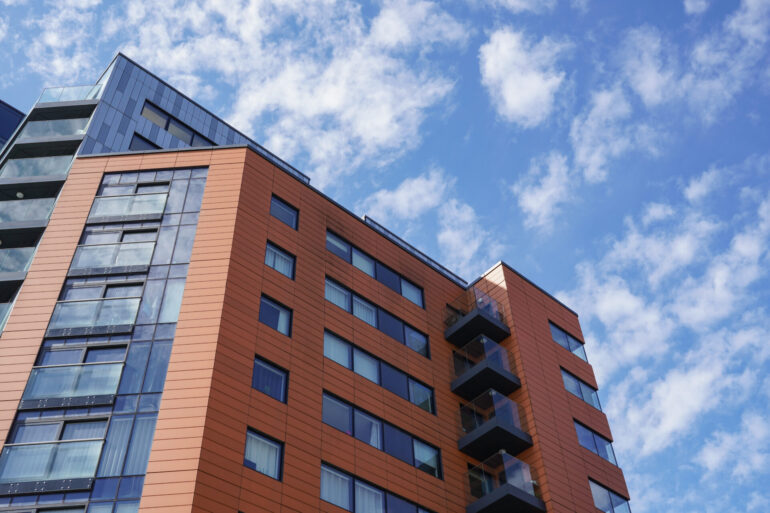Student accommodation and build-to-rent (BTR) were found to be the most desirable investment property types, according to Excellion Capital’s latest index.
Research found yields had dropped below 5% in these sectors, showing steady asset values and stable income.
Student accommodation produced an average yield of 4.3%, with prime London stock at 4% and prime regional assets at 4.25%.
Excellion’s data also revealed that BTR properties delivered an average yield of 4.5%.
Greater London prime BTR yields came in at 4.25%, with single family and tier one regional city assets at 4.5%.
Tier two regional city BTR assets averaged 4.75%.
Other low-yield areas found included prime London co-living at 4.25%, greater London warehouse and industrial at 4.75%, the London private rented sector at 4.76%, data centres at 5%, and prime regional co-living at 5%.
Investors seeking higher returns could find yields above 8% from sectors with more risk, including shopping centres and leisure, according to Excellion.
Research found that shopping centres averaged 9.13% yield, with some local and neighbourhood centres reaching 10%.
Meanwhile, sub-regional shopping centres averaged 9%.
Tertiary shopping centres could see up to 20% yield according to Excellion Capital funding deals.
The leisure sector produced an 8.5% yield, with good secondary leisure parks at 9% and prime parks at 8%.
High street retail averaged 7.83%, but good secondary high street retail delivered up to 10%.
Within co-living, the wider house in multiple occupation (HMO) sector for England and Wales provided an average yield of 9.7%.
Robert Sadler, vice president of real estate at Excellion Capital, said: “For property investors, yields must be considered with real nuance.
“Low-yield assets are often considered as the most lender-friendly because they indicate a high asset value, steady and reliable income and, therefore, relatively low risk, however the lower the yield the lower the quantum of debt that can be supported by the asset.
“Lenders are most concerned with the long-term value of an asset rather than the income it generates, they’re going to be far more willing to lend at attractive rates — albeit lower leverage — for low-yield assets and be incredibly wary of the more unpredictable, erratic high-yield concerns of the market.”
Sadler added: “It’s certainly a quirk of the real estate investment market that higher income relative to asset value is not always seen as a good thing.
“That being said, investors don’t have to reject high yield options entirely.
“A high yielding asset is technically riskier than a lower yielding asset – all other things being equal – but, as Warren Buffet says, risk comes from not knowing what you’re doing.”
He said: “We work with many highly astute investors who are experts at selecting high yield real estate with potential for significant value enhancement and yield compression.
“The advantage of a high yield asset, such as a shopping centre, is that there is usually significant income relative to the loan amount, meaning that there is plenty of surplus income to both service the loan and help fund business plan objectives, such as capex, tenant incentives and ongoing property management.
“Finance for these assets can be tricky but it is obtainable for well located properties managed by competent investors.”




